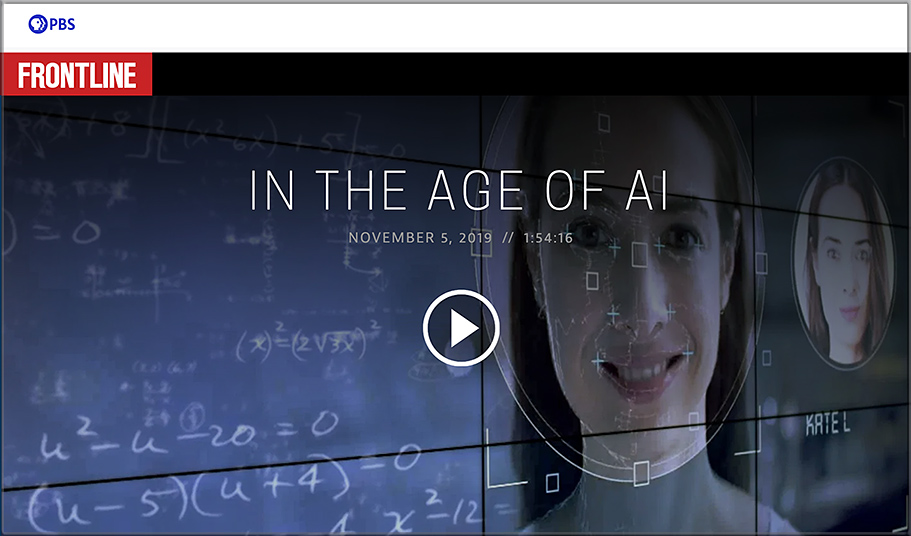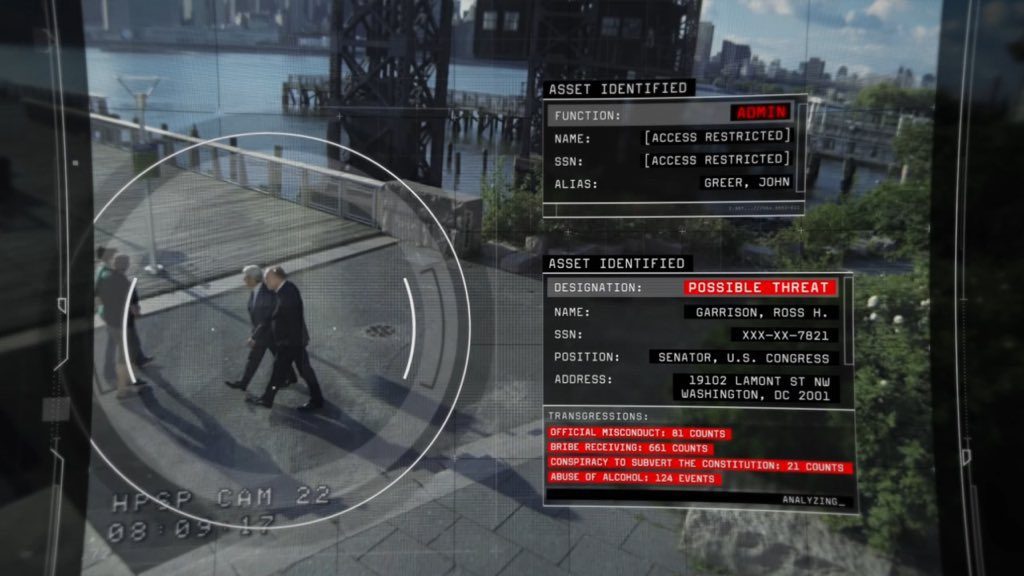2019 AI report tracks profound growth — from ide.mit.edu by Paula Klein
Excerpt:
Until now “we’ve been sorely lacking good data about basic questions like ‘How is the technology advancing’ and ‘What is the economic impact of AI?’ ” Brynjolfsson said. The new index, which tracks three times as many data sets as last year’s report, goes a long way toward providing answers.
…
- Education
- At the graduate level, AI has rapidly become the most popular specialization among computer science PhD students in North America. In 2018, over 21% of graduating Computer Science PhDs specialize in Artificial Intelligence/Machine Learning.
- Industry is the largest consumer of AI talent. In 2018, over 60% of AI PhD graduates went to industry, up from 20% in 2004.
- In the U.S., AI faculty leaving academia for industry continues to accelerate, with over 40 departures in 2018, up from 15 in 2012 and none in 2004.
In the U.S., #AI faculty leaving #academia for industry continues to accelerate, with over 40 departures in 2018, up from 15 in 2012 and none in 2004.












